|
https://ift.tt/30SkWNi
Social Media Marketing Strategy: A Modern No-Nonsense Guide https://ift.tt/2GqEfFQ Wondering how to create an effective social media strategy? Looking for a current, proven guide to follow? In this article, you’ll find a step-by-step plan for developing a social media marketing strategy that really works—all based on modern marketing principles. How This Social Media Marketing Strategy WorksThis social media marketing strategy works by mapping your social media activity to guide your ideal customer through their journey from prospect to paying customer. The model is based on a simple marketing funnel that breaks down the customer journey into three stages:
Don’t be fooled by the simplicity of this model. It’s highly effective because it’s systematically based on your customer’s decision-making process rather than what you think they want to see on social media.
To ensure you’re guiding your customer through the funnel effectively, you need to create different types of social media content at each stage. These are the main principles to creating content at each stage to give you direction:
Nerd Skincare is a brand that’s nailing this marketing funnel model on social media. Check out some examples of their content below. AwarenessEntertaining content: How to Use Video Marketing to Increase Your Influence, Visibility, and Sales—Online Training! VIDEO ConsiderationTestimonial videos: . .
Reviews:
. PurchaseCall-to-action (CTA) remarketing ads:
. #1: Outline Monthly Social Media Sales TargetsWhen you read tactical articles like this one, it can be tempting to skip the first few top-level strategic steps and dive straight into the fun parts like developing your content strategy. I strongly encourage you to act on every step because these first few steps are crucial to setting the direction for your strategy. For most businesses, social media marketing is ultimately about generating sales, so rather than focusing on vanity metrics like follower numbers, it’s important to set realistic monthly sales targets you want to generate from social media. We’ve found the best way to generate monthly social media sales targets is to work backward from a longer-term sales target you want to achieve and divide that up into smaller monthly targets. Rather than plucking numbers out of thin air, base your initial social media sales targets on average sales data from all of your other marketing channels where possible. For instance, if your average sales performance across all other marketing channels is $6,000 per channel per year, this forms a good basis for starting with a long-term social media sales target of at least $6,000 per year.
If you’re a newly established business with no previous data to use as a basis, you should be a lot more conservative with your sales targets and base them on a minimum amount of sales you’d be happy with. From our experience, adding 20%–30% on top of the long-term figures you initially outline will help form a stretch target that motivates you to achieve more than you knew you could achieve. Once you start to implement the strategy and generate sales, you’ll then have data to set more accurate sales targets. Implementation Example #1: Established Business With Previous Sales DataIf you’re an established business with previous sales data, start by working out average yearly sales across all of your marketing channels. For instance, take the following sales data generated in 2018:
If you add all of this up, 2018 total sales generated from all marketing channels is $26,000. Now calculate the average: Total ÷ Number of Marketing Channels = Average $26,000 ÷ 4 = $6,500 Once you have the average, set a yearly target of at least this plus the 20%–30% stretch target. In this case, a realistic target would be $8,450. Once you have your yearly stretch target, divide this by 12 to get a monthly stretch social media sales target. In this example, that would be $704. Implementation Example #2: Non-Established Business With No Previous Sales DataIf your business is not established yet and has no previous sales data, start by creating a conservative yearly social media sales target you’d be happy with and add 20%–30% to form a stretch target. To illustrate:
Rather than divide this number by 12, make the figures more realistic by scaling the monthly targets up to allow time to build awareness and trust. There’s no set way to break this up so make your best estimate. See the image below for an example.
Now that you’ve outlined your monthly social media sales targets, you can shape the whole social media strategy around achieving these trackable metrics. #2: Identify Your Ideal CustomersA great way to identify your ideal customer is to look back at your customer data, score each customer based on the metrics that define them as an ideal customer, and then look for patterns among those customers that score the highest. Start by creating a list of previous customers. A tool like HubSpot’s free customer relationship management (CRM) system lets you store all of your customers’ data, which is super handy.
Next, create a set of metrics that define your ideal customers, such as:
Then create a scorecard and rate each customer on a scale of 1–10 for each metric.
Look for patterns among the customers with the highest scores. You’ll focus your social media marketing strategy on attracting more of your ideal customers. Here are some category ideas for comparing your customers:
In the scorecard below, you can see a clear correlation between Marketing Channel and Gender for the two highest-scoring ideal customers (highlighted in yellow).
Alternatively, if you don’t have any previous customer data to look at, develop buyer personas using Facebook Insights. Identifying your ideal customers ensures your social media marketing strategy will be focused on driving sales from the customers who generate the most revenue, are the most satisfied, and take up the least amount of your time. This approach will help you scale up your business in the least amount of time. #3: Complete Market ResearchDoing market research helps you learn what’s already working for you on social media and use this insight to create something even better within your strategy. Here’s a super-simple research process you can implement. Identify Other Businesses in Your Industry That Are Creating Great ContentSearch for keywords that are relevant to your industry in BuzzSumo’s Content Analyzer. (Access is available with the free BuzzSumo plan.) This tool identifies the most shared content on social media based on your search terms. If you’re a florist, you could search for ‘flowers’ to identify relevant content. If the search results aren’t very relevant, try searching for something more specific like ‘flower arranging tips’ or ‘florist blog.’
Try to identify patterns among the top-performing content based on topics, headlines, format (video, blog, interview, etc.), length, and style. Identify World-Class Businesses/Brands/Creators Creating Great ContentGetting inspiration from content creators outside of your industry can help inject a new sense of creativity to your content. If you can’t think of any creators you like or you want to discover some new ones, use an influencer identification tool like BuzzSumo (access is available with the free plan), Socialbakers (plans start at $240/month), or Followerwonk (available in free and paid plans, starting at $29/month). BuzzSumo’s tool is simple to use. Just open the Influencers tab, type a relevant keyword, and hit Search.
In the search results, click on some of the top influencers’ names to head to their Twitter profiles and look at their content. Make a list of some of your favorites.
Identify Their Top-Performing ContentOnce you have your list of businesses and creators, do a Google search for them, find them on social media, and start tracking them. Scroll through their posts and identify content that stands out as having significantly more engagement (comments, likes, shares) and views compared to the rest of their content.
Again, look for patterns among the top-performing content based around topics, headlines, format (video, blog, interview, etc.), length, and style. Note any patterns you identify and use this information to create something even better within your own social media marketing strategy, drawing on content that’s already working. This market research process gives you a head start because you’re building on strategies that are already proven to be successful on each platform. #4: Choose the Right Social Media Platforms (the 70/30 Rule)Rather than spreading yourself thin and trying to use every social platform, focus 70% of your effort on one core platform and focus the other 30% of your effort on staying present and testing other relevant platforms. To identify the platform on which you’ll focus 70% of your effort, do some research, create a spreadsheet, and score each platform based on the following information:
The platform that gets the highest total score is the one you should focus 70% of your efforts on.
The other 30% of your efforts can focus on the second, third, fourth, and so on. The number of additional platforms you’re present on should be based on your capacity. This approach gives you some latitude to test emerging platforms so you stay on the cutting edge of new, relevant platforms that may become popular with your ideal customers. This 70/30 split helps you generate the greatest return on investment (ROI) from the optimum social platform for you right now, while still staying present on other current and emerging platforms. #5: Create Your Social Media Content StrategyOnce you’ve identified your 70/30 split in terms of social platforms, you need to choose a core piece of content to create each week and repurpose across social media. Remember, this core piece of content needs to be tailored to suit the platform you’re focusing 70% of your efforts on. Choose Your Core Piece of Content FormatYour core piece of content could be a live video, vlog, 10-minute video tutorial, written tutorial, podcast, beautiful infographic, insightful slide deck, or similar. There are two key factors to consider when choosing your core piece of content:
Here are some examples of core content from a variety of businesses: Podcast: The James Smith Podcast (personal trainer)
Vlog: Gymshark project X Vlog (fitness brand) VIDEO Written tutorial: OptinMonster Docs (email capture software)
Develop Core Content ThemesOnce you’ve identified your core piece of content, you need to develop core content themes for each stage of the marketing funnel. This will make your core content planning process (outlined in step #7) a lot easier because you’ll have a selection of content themes to pick from when developing specific content ideas. Below are some content theme ideas for each stage of the marketing funnel, plus examples of best practices to get your creative juices flowing. While developing your own content themes for each stage, think about how they can be applied to the social platform you’re investing 70% of your time on and the core piece of content format you’ve chosen. Awareness Content Theme IdeasEducational content is one of the easiest types of awareness content you can create because it involves sharing the knowledge you already have to help your ideal customers solve their problems. Best practice example: Andrew & Pete VIDEO Best practice example: OptinMonster
Entertaining content can help you reach new audiences and build initial rapport, rather than instantly turning them off with content about your product or service. Entertaining content doesn’t have to be funny; it can be informative, insightful, inquisitive. Here are some examples:
Best practice example: Mark Gaisford
Best practice example: Airbnb VIDEO Consideration Content Theme IdeasCase studies build trust with your audience and reassure them that you can deliver on your promises. Best practice example: Shopify
Answering FAQs that potential customers may have before working with you can help guide them from prospect to customer. These questions could include things like:
Best practice example: The British Army Recruitment
. Best practice example: Will It Blend? 
Get Video Marketing Training—Online!The Video Marketing Summit is ideal for any marketer who wants to increase their visibility, influence, and sales with video. Twelve of the world’s top video marketing experts will show you how to do this on Instagram, Facebook, YouTube, and LinkedIn. The Video Marketing Summit is a live online training event from your friends at Social Media Examiner. CLICK HERE TO LEARN MOREVIDEO Purchase Content Theme IdeasFlash sales can help increase the perceived value of your product/service and drive conversions. Best practice example: Hera London
CTA remarketing ads targeted to people who have already shown an interest in your product/service but haven’t yet purchased are a great way to drive conversions. Best practice example: Nerd Skincare
. Best practice example: Janet Murray
. Awareness
Storytelling content:
Entertaining content:
ConsiderationCase studies:
Potential customer FAQs answered:
Product/service demonstration:
Purchase
CTA remarketing ads:
Behind-the-scenes content with a clear CTA offer:
Create a Content Production, Publishing, and Promotion PlanNow that you have your core content themes, create a clear content production and publishing plan that outlines which themes you’ll be producing/publishing and when. Also spell out how you plan to repurpose this content across your chosen social media platforms. Remember that there’s no “one size fits all” content production and publishing plan; every business is different. The key influencing factors will be:
The best way to craft your content production and publishing plan is to work backward from the sales targets you outlined in step #1. You need to follow a logical process to determine the following:
Now let’s look at an example:
(780 = 5% of visitors and 15,600 = 100% of visitors needed)
There is no hard-and-fast rule for determining how much content you need to produce to generate the amount of web traffic that will help you reach your social media sales targets. However, the calculations above will help you arrive at a website traffic benchmark to hit to achieve your sales targets. You can then start by investing as much time to create and publish content as your capacity allows, measure performance, and tweak the volume of content you produce accordingly. Publishing PlanComplete the publishing plan table below to outline which core content themes and specific pieces of content you’ll publish each week and how they fit into the marketing funnel. Choose from the content ideas you identified earlier. A rough split of 60% awareness content, 30% consideration content, and 10% purchase content works well for most businesses. Going back to the handmade jewelry example, the publishing plan shows 1 core piece of content being published per week over a period of 10 weeks.
Production PlanOnce you’ve outlined your publishing plan, schedule time to create the content. Every week, we schedule the whole of Thursday as our content day. You need to create a schedule that suits your needs. Here are some examples of activities you need to schedule to produce the content. These and all other actions are summarized in step #7.
Promotion PlanMany businesses believe the hard work is complete once you’ve produced the content, but the truth is: The real work begins with promoting the content. If not enough of the right people are consuming your content, you won’t reach your social media sales targets. As part of your strategy development, you need to outline everything you’ll do to promote your core piece of content once you hit publish. These actions can then be integrated into your implementation plan, as outlined in step #7. Here’s a list of tactics you can use to promote your core piece of content once it’s published:
Do your own research and document the tactics you’ll use on an ongoing basis to promote your content and be sure to include them in your implementation plan (step #7). Content forms the bulk of what you do on social media so having a comprehensive strategy and plan in place will help you generate the greatest return from the time and resources you invest in creating your content. #6: Outline How You’ll Measure PerformanceTracking performance against your social media marketing sales targets will help you stay on track and make any tweaks needed to deliver consistently. To measure performance, focus on two key areas: primary key performance indicators (KPIs) and secondary KPIs. Primary KPIs are based on the top-level objective you want to achieve from social media, which is sales in most cases. Secondary KPIs are all of the supporting metrics you can monitor that demonstrate your social media marketing strategy is on track to deliver your primary KPIs. These include:
Now let’s look at some useful tools and tactics for tracking both primary and secondary KPIs. Primary KPIsThese tools and tactics will help you directly track primary KPIs such as sales from social media. Conversion-Based Facebook and Instagram AdsOne of the most effective ways to accurately track sales from social media is to create conversion-based Facebook and Instagram ads. You need to install the Facebook pixel, set up events or custom conversions, and then create a campaign with Conversions as the objective.
Once you’ve set up the ads, Ads Manager reports on lots of useful metrics, including number of conversions, link clicks, and return on ad spend.
LeadfeederLeadfeeder is designed to help you generate more leads from your website visitors. One feature helps you attribute sales to social media activity. It lets you see which companies have visited your website via social media and the specific pages they visited, when they visited, and the time spent on each page. The free basic version of Leadfeeder shows you only the last 7 days worth of leads. Upgrading to the paid version ($53/month) gets you unlimited data retention and other helpful features. After you sign up for Leadfeeder and integrate it with your website, click on the Companies feed and then Visits on the right side of the page.
You can then set up a process to monitor Leadfeeder to see new customers’ activity on your website before they converted into a customer. Ask Every New Customer How They Found YouSometimes new customers will discover you on social media but not purchase your products or services through social media. They may walk into your store, call you up, or use a different device to directly type in your website to make a purchase. In these cases, it’s difficult to attribute the sale to social media with software, so taking an old-school approach and asking is a way to capture these sales and attribute them to social media. Create Unique Discount Codes for Social MediaUsing unique discount codes for social media is another approach to attribute sales that have originated from social media but can’t be tracked as above. Promote your discount code only on social media, nowhere else. You can then track the number of people who purchased your products/services with this discount code and attribute the sales to social media.
. Secondary KPIsGoogle Analytics and internal social media platform analytics are two of the best tools for tracking secondary KPIs such as website traffic from social media, social media engagement growth, and audience growth. Google AnalyticsAfter you’ve installed Google Analytics on your website, click the Acquisition tab and then Overview in the left navigation.
Then click on Social to track the traffic coming from each social media platform.
To compare this month’s performance to last month’s, click the Dates tab at the top right and then click the first and last date for the current month to highlight the whole month.
Next, click Compare To and then click the first and last date of the previous month. When you’re done, click Apply.
Now you can clearly see how your traffic from each social media channel compares to the previous month. If you’re not growing at the rate needed to meet your sales targets, you need to change what you’re doing. Built-In Social Media AnalyticsEvery social media platform has some kind of built-in social media analytics, and some are better than others. Below are screenshots showing you how to access analytics on popular social media channels. Facebook InsightsClick the Insights tab at the top of your Facebook page to access Facebook Insights.
Twitter AnalyticsTo access Twitter Analytics, click your profile photo at the top of the screen and choose Analytics from the drop-down menu.
Instagram AnalyticsIn the Instagram app, tap the menu icon on your profile and choose Insights from the pop-up menu.
YouTube AnalyticsTo access YouTube Analytics, click your channel image and choose YouTube Studio.
Then click Analytics in the left navigation.
Having a planned approach to measuring performance gives you the best chance of achieving the sales targets you’ve outlined. Additionally, you’ll constantly learn what is and isn’t working so you can tweak your strategy to deliver the best results. #7: Develop an Implementation PlanDeveloping an implementation plan and a way to track actions in that plan brings your whole social media marketing strategy together. It ensures you never forget any actions you need to take and know when you need to take them to deliver the sales targets you set at the start. Start by documenting every action to carry out on a daily, weekly, and monthly basis to implement your social media marketing strategy effectively. As part of the strategy development process you’ve followed up until now, you should have noted lots of actions to take. Below are some different categories of actions:
The table below shows examples of actions to document under each category. Remember, there are no set rules when it comes to social media so create a list of actions that suit your business and the sales targets you’ve outlined.
Once you’ve identified every action you need to take on a daily, weekly, and monthly basis to achieve your social media sales targets, the next step is to delegate these actions. If you’re a one-person team, you can either do everything yourself or outsource elements of the strategy you don’t have the skills/desire to implement. To keep things simple, you could add a ‘who’ column to the Implementation table as shown below.
The final part of ensuring every action is implemented is to schedule the actions in your calendar. We hold a half-day monthly planning meeting to review the actions and each team member then schedules those actions in their calendar, as shown below. Each type of action is color-coded and each box represents one of these actions.
On Monday, we have a 1-hour weekly meeting to review the actions for the week ahead and a 10-minute daily meeting for each team member to share what they’re working on and go over any questions. Ultimately, you’ll need to find an implementation process that works for you. Without this implementation plan, the whole social media strategy is flawed. This plan helps guide you to complete all of the required actions to generate the sales targets you outlined. ConclusionDeveloping a comprehensive social media marketing strategy is time-consuming, but it’s crucial for generating optimum results from your social media efforts. What do you think? Are you willing to put in the time and effort to achieve the goals you desire from social media? Share your thoughts in the comments below. More articles on social media marketing:Get your 2020 tickets! There are 17 tracks of content available from the world's top marketing pros! Social Media via Social Media Marketing | Social Media Examiner https://ift.tt/1LtH18p July 24, 2019 at 05:01AM
0 Comments
Leave a Reply. |
�
Amazing WeightLossCategories
All
Archives
November 2020
|



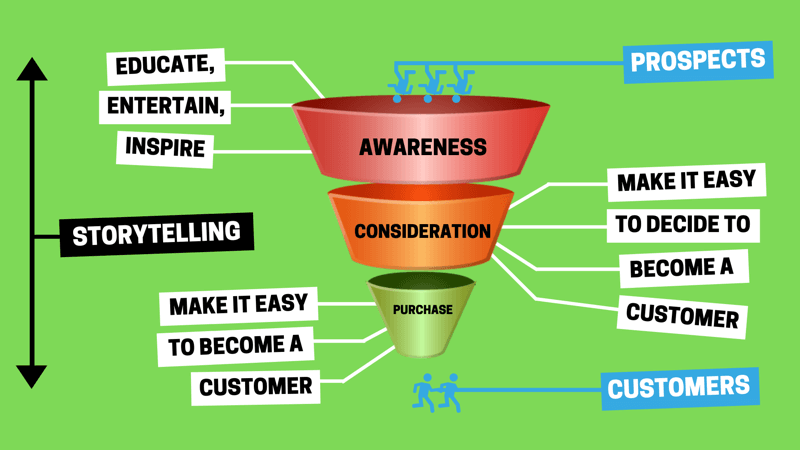

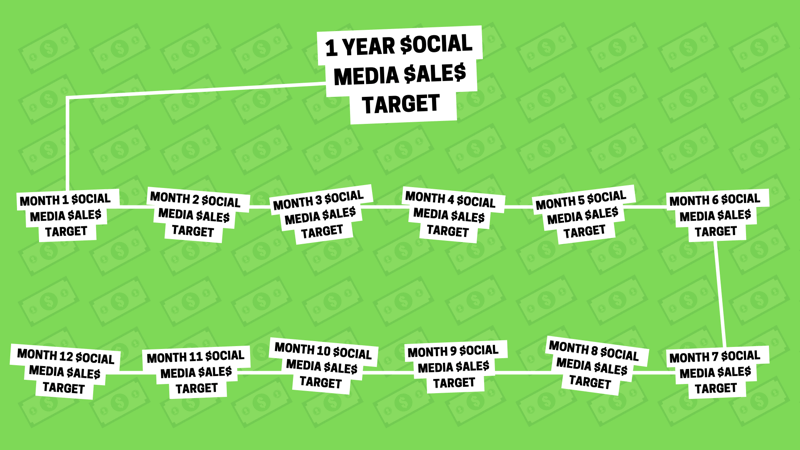
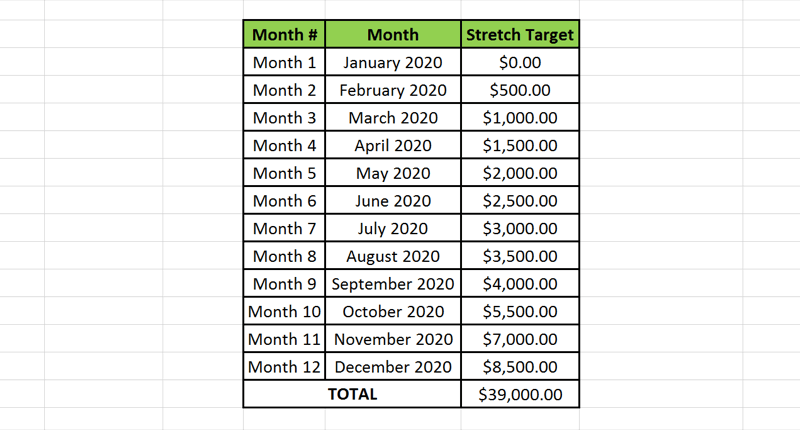

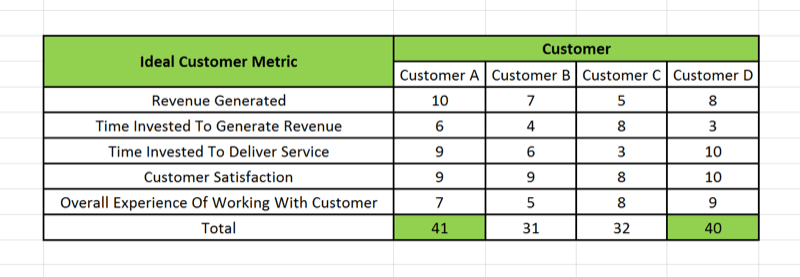
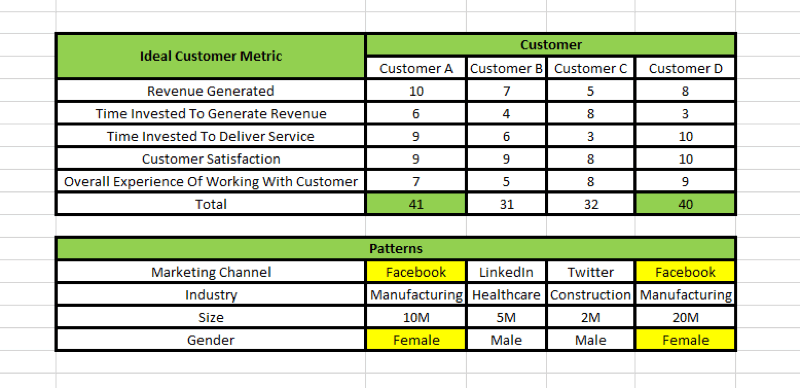
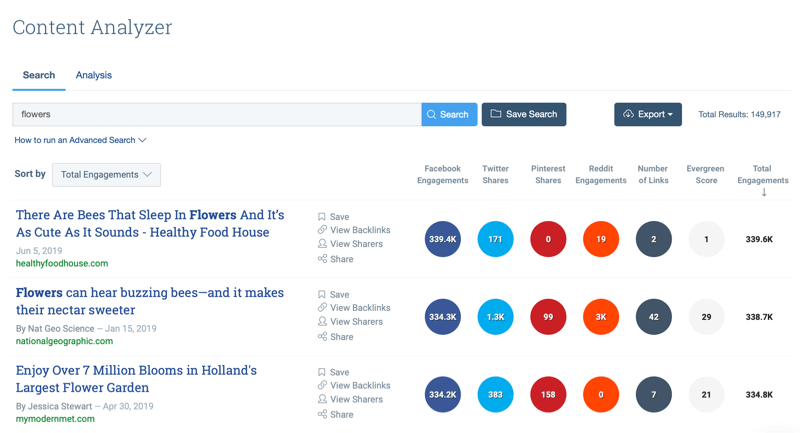
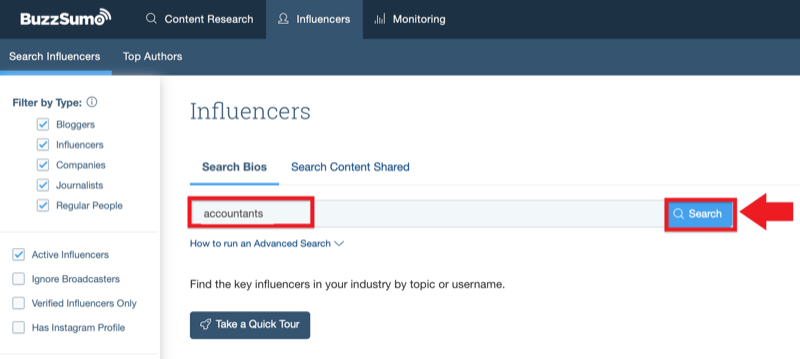

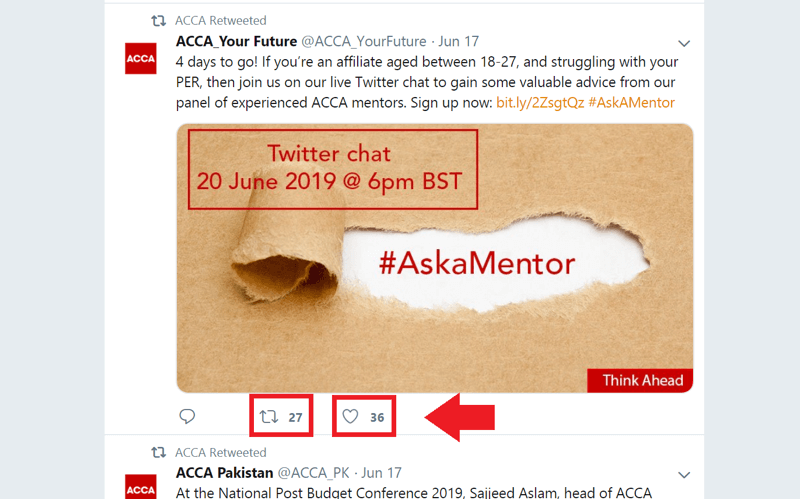





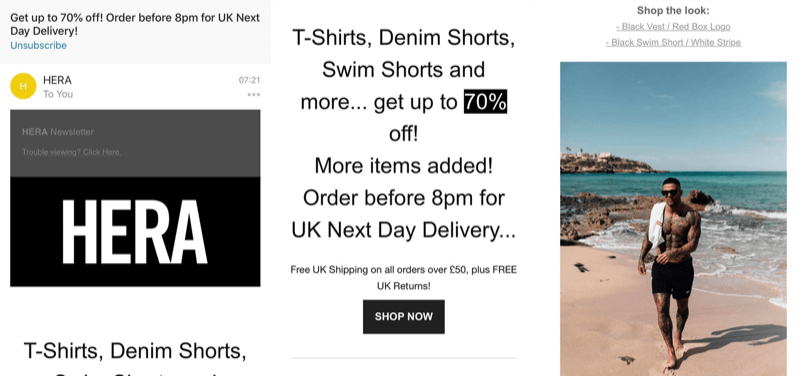
 Educational content:
Educational content: Flash sale:
Flash sale: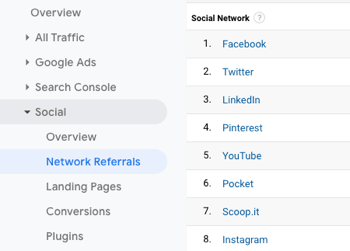






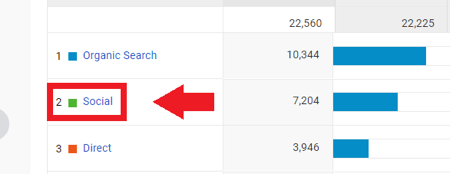

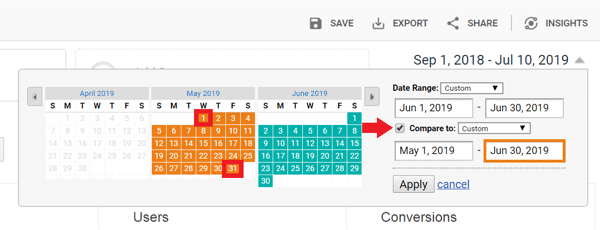
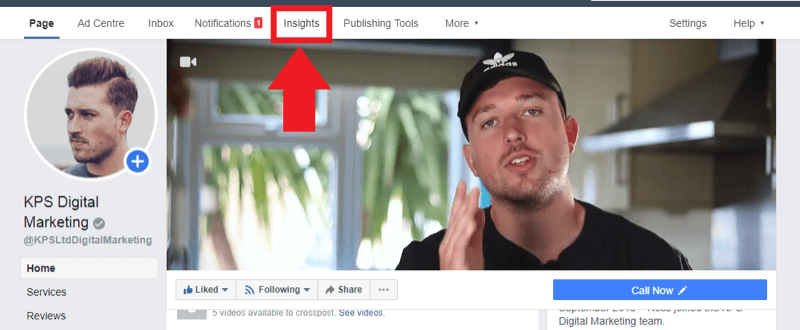





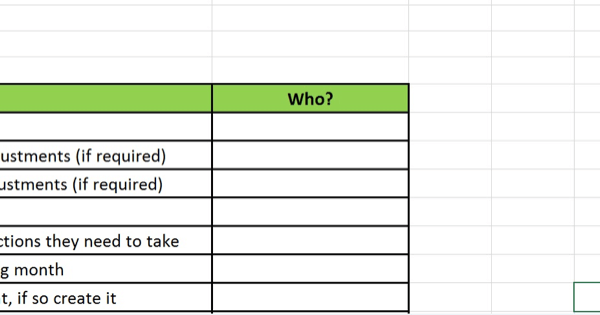
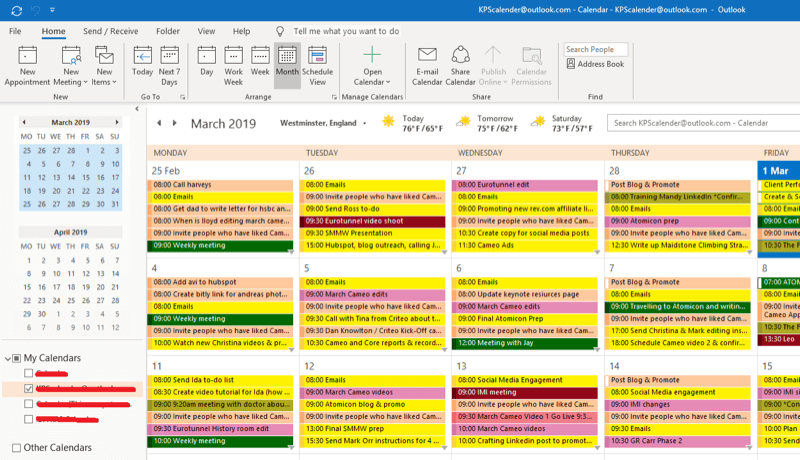

 RSS Feed
RSS Feed
